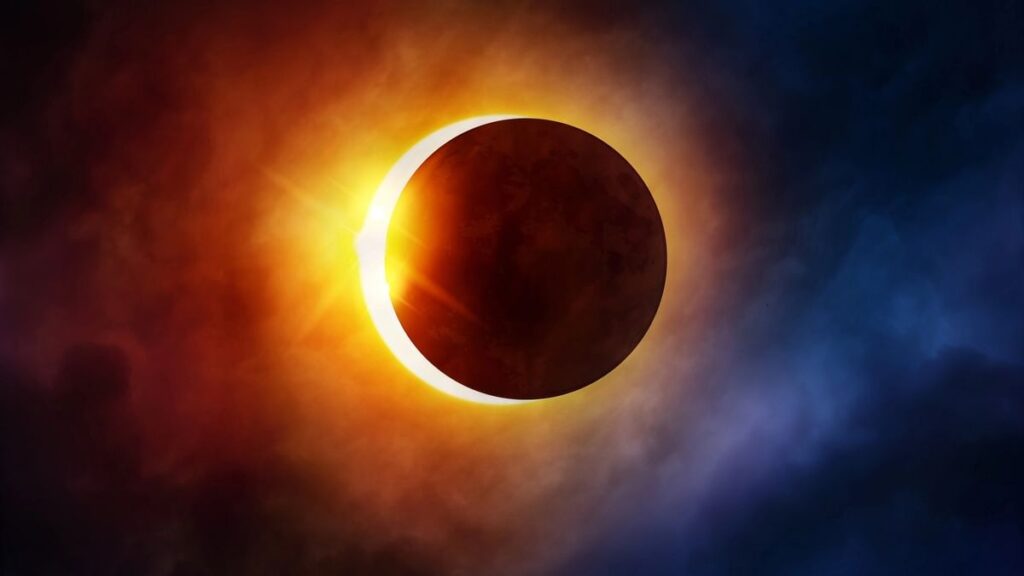Lunar eclipses, like many celestial events, have been the subject of various myths and misconceptions throughout history. Here are some popular ones:
1. Lunar Eclipses are a Sign of Doomsday :
In various cultures, lunar eclipses were historically associated with fear and superstition. People believed that they were a bad omen or a sign of impending disaster. However, there is no scientific basis for such beliefs, and lunar eclipses are predictable natural events.
2. Eating During a Lunar Eclipse is Harmful :
In some cultures, it was believed that consuming food during a lunar eclipse could be harmful or bring bad luck. This myth has no scientific validity, and there is no reason to avoid eating during a lunar eclipse.
3. Pregnant Women Should Stay Indoors :
In certain cultures, it was thought that pregnant women should stay indoors and avoid any physical labor during a lunar eclipse to protect the unborn child. There is no scientific evidence to support this belief.
4. Lunar Eclipses Last for a Few Minutes :
Some people believe that lunar eclipses are very brief events, lasting only a few minutes. In reality, a lunar eclipse can last for several hours, with various phases, including the partial and total eclipse stages.
5. Lunar Eclipses Only Happen at Night :
While lunar eclipses are more commonly observed at night, they can occur during the day. Daytime lunar eclipses are less common and may not be as noticeable because of the Sun’s presence in the sky.
6. Lunar Eclipses are Harmful to the Moon :
There is a misconception that lunar eclipses somehow harm the Moon. In reality, the Moon is not physically damaged during an eclipse. It simply passes through the Earth’s shadow, causing the temporary darkening and color change.
7. All Lunar Eclipses are Total :
Not all lunar eclipses are total. There are partial and penumbral lunar eclipses in addition to total eclipses. Total lunar eclipses, where the Moon is entirely in Earth’s shadow, are the most visually striking.
8. Lunar Eclipses Happen Monthly :
Lunar eclipses do not occur every month. They are more infrequent than solar eclipses because they require specific alignments of the Earth, Moon, and Sun. On average, there are a few lunar eclipses each year.
It’s important to rely on scientific understanding and astronomical knowledge when it comes to lunar eclipses, rather than giving in to superstitions or myths. Lunar eclipses are fascinating celestial events that can be safely observed and appreciated.
also read other news :
What is a Chandra Grahan? Mystery of Lunar Eclipses !!
Lunar Eclipse : The Celestial Dance of Earth, Moon, and Sun
Is it safe to watch a lunar eclipse with the naked eye?
Cultural and Religious Beliefs Surrounding Lunar Eclipses !!
What is the astrological significance of a Chandra Grahan?
How Often Do Lunar Eclipses Occur : Frequency and Visibility
Can a Chandra Grahan be predicted in advance?
What equipment do I need to observe a lunar eclipse?
How does a Chandra Grahan differ from a Surya Grahan (solar eclipse)?
